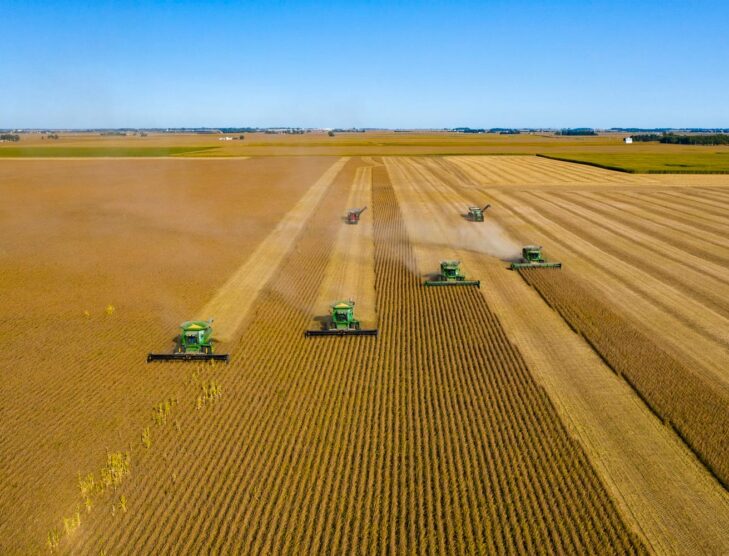
Heating oil, marine industry seek higher biodiesel blends
During the National Biodiesel Conference held virtually early this year, Dr. Thomas Butcher, technical director of the National Oil Reserves Agency (NORA), highlighted several of the barriers to moving to very high biodiesel blends, including cold flow and cold ignition, as well as seal material issues. Other important considerations include moving between high and low blend levels, long-term storage, flame proving, and tank sludge/conversion.
In emerging markets, oftentimes a company will take the lead in developing specifications until significant market demand and volume potential necessitates the development of consensus specifications. The National Oil Reserves Agency has worked with the National Biodiesel Board (NBB) on developing interim fuel standards for B50 and B100 for use by the U.S. heating oil market while data is being gathered for drafting ASTM specifications.
The heating industry has committed to a renewable biodiesel future. An industry resolution, published at the September 2019 Northeast Industry Summit, resolved that the industry will reduce its greenhouse gas emissions, based on 1990 levels, by 15% to 2023, 40% by 2030, and will achieve net-zero emissions by 2050.
Steve Howell, chair of the ASTM Biodiesel Taskforce, emphasised that significant activity was underway to collect bench and field-testing data to enable the balloting of higher levels of biodiesel into the ASTM D396 heating oil standard. The organisation plans to ballot both B50 and B100, though, the reality is data collection will take another one to two years to complete, he says.
In 2015, there was limited interest or market drivers for higher biodiesel levels in the marine industry, says Howell. Now, a heightened industry focus on reducing its carbon footprint is driving greater interest in increasing biodiesel content, with Europe’s Renewable Energy Directive II (RED II) driving the need for additional specifications. ISO has begun deliberating on increasing biodiesel content in ISO 8217. B20 is the low-hanging fruit, says Howell, however, ISO is also evaluating B30, B40, and B50. The next scheduled update for the specification is in the 2022-23 timeframe.
On-ground gas turbines are used for electrical power back up throughout the U.S. There is increasing interest and demand for biodiesel in electrical generation, says Howell. ASTM is in the process of balloting B5 into the ASTM D2880 On Ground Gas Turbines specification. Howell also cited interest from manufacturer Solar Turbine and their customers in higher blends for renewable electricity generation. The solar manufacturer and NBB have been working together on initial bench testing on B20 and B50, with the potential for field trials and bench testing of B100 in the future.
Efforts in the on- and off-road diesel markets have been predominantly focussed on B20, says Howell. Not a lot of effort is planned on B50 to B100 for the on-road market as the demand in the U.S. is not there yet.
Howell also says there is growing interest in the transportation of biodiesel via pipelines and the impact of this on specifications. Low overall fuel volumes are freeing up space in the pipelines — with pipeline providers showing increasing interest. Currently, B5 is transported in U.S. and European pipelines. Howell underlined significant work on increasing the allowable biodiesel FAME level in jet fuel from 50 to 100 parts per million (ppm) to ensure the fuel interfaces are easier to manage for pipelines. The change requires a realistic small rig test to address previous negatives. It is envisaged that this change will be ballotted later this year, contingent on the receipt of an acceptable test protocol.
BQ9000 is a voluntary quality management program in the United States that evaluates biodiesel quality data as part of an effort to promote the acceptance and commercial success of biodiesel. Members provide monthly data where key parameters are tracked such as flash point, cloud point, acid value, free and total glycerin, sulphur, oxidation stability, and more. Teresa Alleman, a senior chemist at the National Renewable Energy Laboratory (NREL), offered an overview of the program during the 2021 virtual National Biodiesel Conference and insight into biodiesel quality in the United States. The annual event is delivered by the National Biodiesel Board, a trade association that is the coordinating body for the research and development of biodiesel in the United States.
Biodiesel produced and sold in the U.S. and Canada routinely meets quality metrics, says Alleman. In 2019, the third year of BQ9000 data collection, Alleman described stable biodiesel quality, with limited change year-on-year. This speaks to the incredible efforts of biodiesel producers in the U.S. and Canada, she says.
But now is not a time to rest on one’s laurels. Fuel quality will become even more critical as biodiesel blend levels rise to meet the increasing pressures of climate change. Rising demand for zero- and low-carbon fuels is driving higher blends and more stringent specifications. So, where should the industry invest its biodiesel resources?
Fuel standards serve multiple purposes in our industry. They assist in the purchase of fuel, facilitate trade, influence equipment design, enforce fuel quality, and protect consumers with legislators using specific incentives, mandates, and other government programs to ensure compliance with standards.

Current ASTM distillate diesel specifications are based on applications or markets. ASTM D975 represents on- and off-road diesel engines; ASTM D396 categorises home heating oil and boiler fuels; the land-based turbine fuel standard and kerosene lamp standards are ASTM D2280 and ASTM D3699, respectively. Marine fuel, previously an ASTM standard, is now classified by the ISO 8217 specification.
For biodiesel, most of the energy has been up to B20 in the United States, which is where most of the specifications and technical research has been. ASTM D975 incorporates biodiesel standards for on/off-road biodiesel up to B5, a 5% biodiesel blend. A separate specification — ASTM D7467 — has been developed for on and off-road for B6-B20 blends. Home heating oil standards up to B20 are captured in ASTM D396, with ASTM planning to incorporate higher blends into D396 moving forward. ASTM D6751 is a biodiesel specification for pure biodiesel prior to blending. There are plans afoot to raise the bar with higher blend standards at ASTM, says Howell.
Howell cited the example of the U.S. Environmental Protection Agency’s (EPA) Cleaner Trucks Initiative (CTI) which is forcing significant changes to diesel technology and consequently the tightening of diesel standards. A 90% reduction in NOx emissions will be required from conventional diesel engines in the 2024-2030 timeframe, he says. Future regulation will also extend useful life and emissions warranty provisions from 435,000 miles to upwards of 800,000 miles. New high-tech Ultra-Low Emissions Diesel Engines (ULEDEs) that provide near-zero tailpipe emissions will place additional pressure on the cleanliness aspects of both diesel fuel and biodiesel.
Biodiesel is already exceptionally low on metals. Howell highlighted a large industry research program that is seeking to change the biodiesel specification for metals from today’s accepted level of 10 parts per million (ppm) to around 4 ppm. Testing to support 4 ppm is underway, and we can expect ballots later this year, says Howell. However, questions remain over whether 4 ppm will be suitable for the new ULEDE engines or if additional specification changes will be required, says Howell. ASTM is also in the process of completing updates on its long-term storage appendix, demonstrating that re-additising biodiesel can enhance shelf life for up to three to five years.







